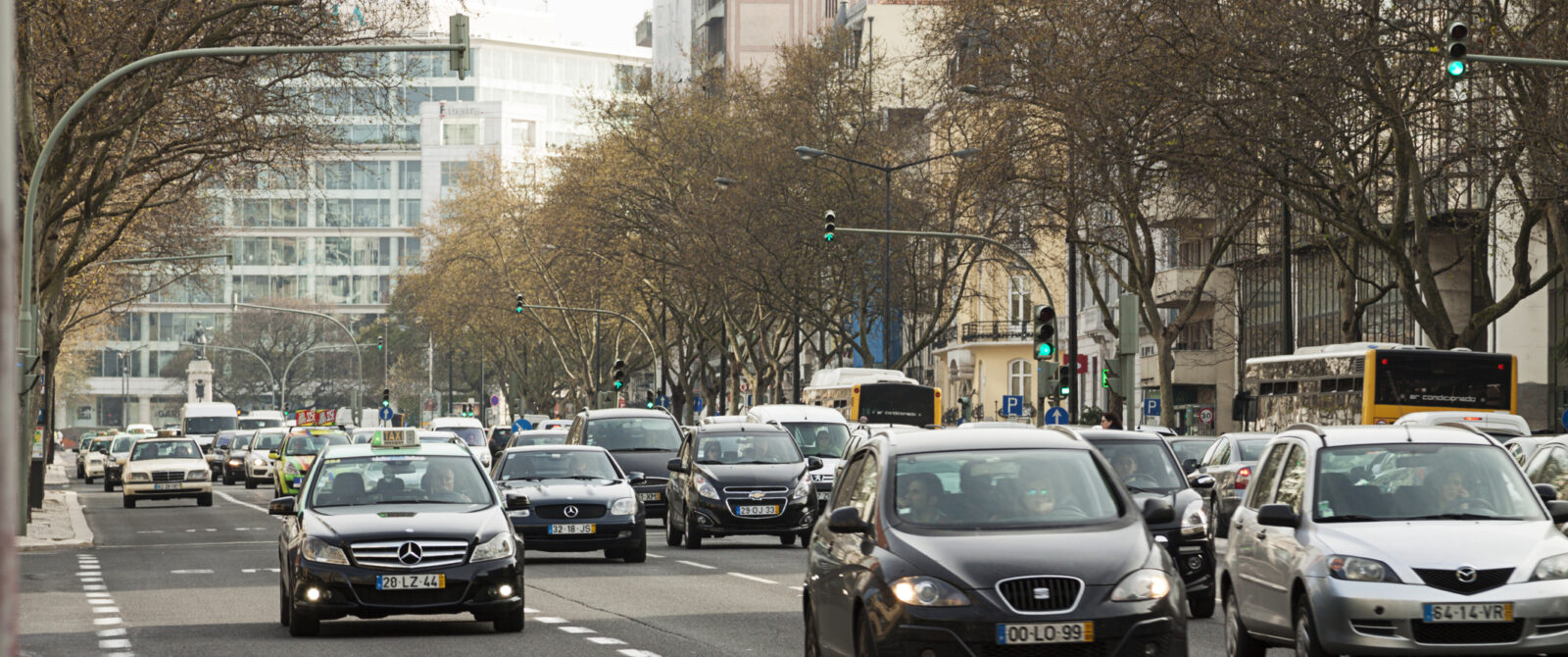Mobility and climate change
Our current mobility and transport system accounts for a large slice of the greenhouse gases we produce and is therefore a major contributor to climate change. Sustainable mobility is the (only) way towards a paradigm shift.
Every year we belch out 51 billion tons of greenhouse gases into the atmosphere. The layman may find it hard to imagine the true scale of this figure, but it’s easy to understand the impact on the planet. Higher temperatures and sea levels, melting glaciers, and an increased likelihood of hurricanes, floods and wildfires are “just” some of the direct consequences, as is reduced biodiversity. According to the latest WWF (World Wide Fund for Nature) report, 68% of the world’s animal populations were in decline in 2020.
Many sectors are responsible for this situation – when it comes down to it, we all play our part. Nevertheless, we can’t ignore the impact that industry has had on the planet, from the oil industry to food to textiles. Take, for example, a simple cotton T-shirt. Producing just one such garment requires around 2,700 litres of water, which is how much an adult drinks over the course of two and a half years. The area of mobility (which includes transport) is no exception. Indeed, it accounts for more than one third of CO2 emissions. Of these, over 70% come from cars, vans, trucks and buses — well above the figures for shipping (14%) and aviation (13%).
The European Environment Agency, an EU body, is particularly concerned about this sector as it advances towards the challenging goal of making the 27 member states carbon-free by 2050. According to the EEA, “transport consumes one third of all final energy in the EU. The bulk of this energy comes from oil. This means that transport is responsible for a large share of the EU’s greenhouse gases and a major contributor to climate change.” Air pollutants, such as particulate matter and nitrogen dioxide (NO2) are, according to the agency, among the biggest culprits. “Although air pollution from transport has decreased in the last decade because of the introduction of fuel quality standards, the Euro vehicle emission standards and the use of cleaner technologies, air pollutant concentrations are still too high.” The solution involves a more efficient public transport system, switching to low carbon emission transport and zero-emission vehicles, a key role for electrification and renewable energy sources, improved operating efficiency and better urban planning. Sustainable mobility.
Portugal will of course be one of the countries covered by European targets, and it has its own Roadmap for Carbon Neutrality — RNC2050. One of the changes made by the new government which took office in March 2022, was the creation of the State Department for Urban Mobility, to replace the State Department for Mobility. This forms an integral part of the Ministry for the Environment and Climate Change. Whether we like it or not, we just cannot ignore the link between mobility and the climate.











